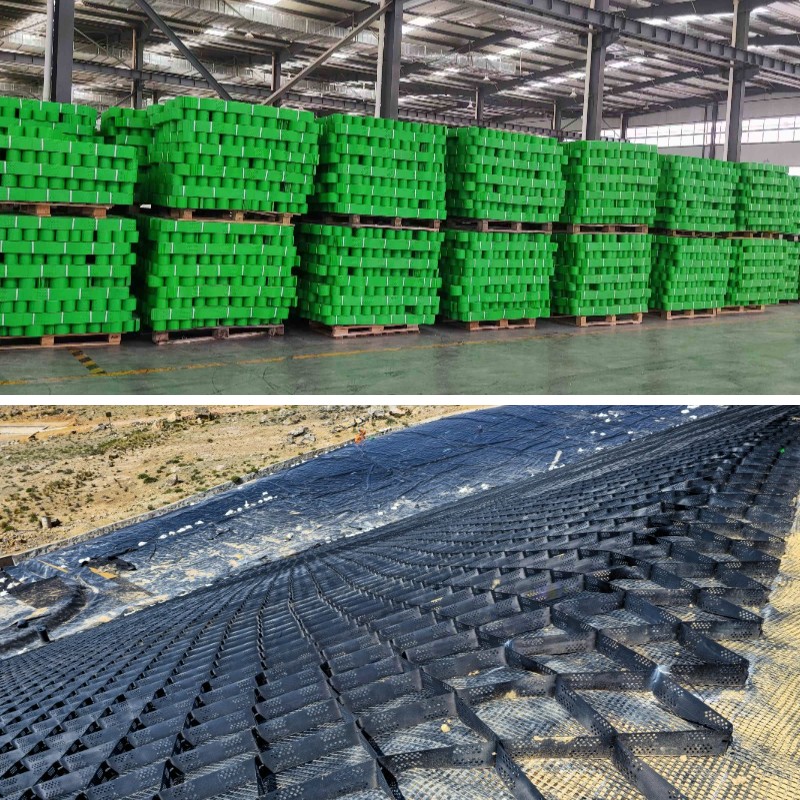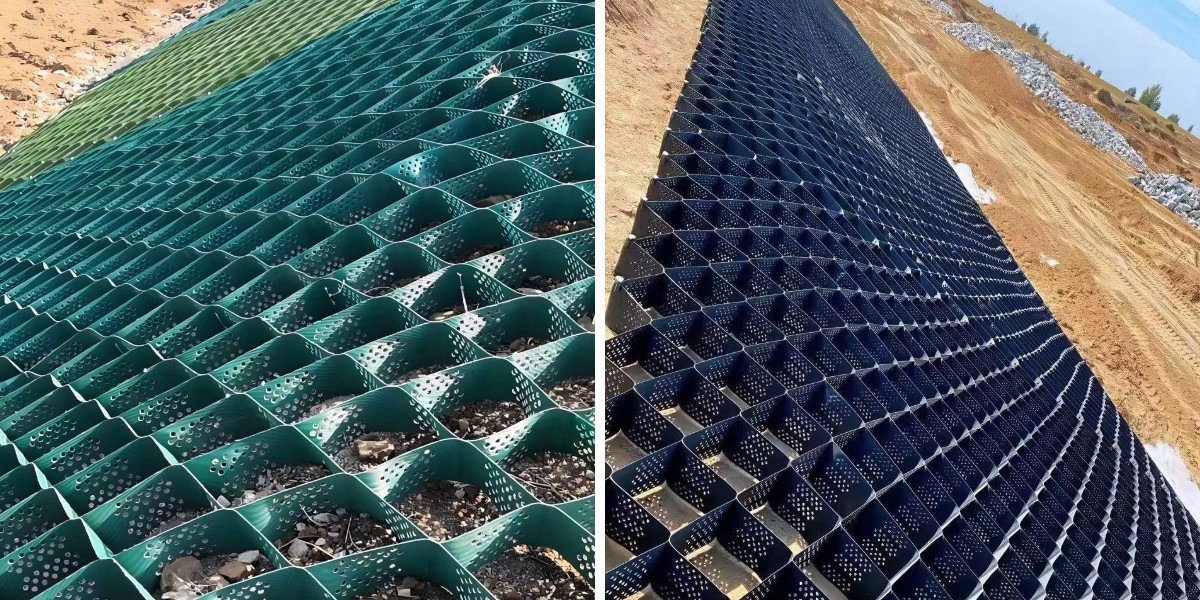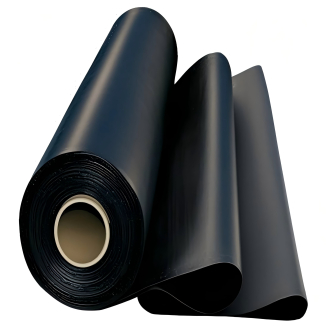The Environmental Advantages of Geocell: A Sustainable Solution for Modern Construction
In an technology the place the development enterprise is more and more scrutinized for its environmental footprint, discovering options that stability structural integrity with ecological duty is paramount. Among the most modern and tremendous equipment rising in this inexperienced revolution is the geocell. This versatile science is no longer simply some other constructing material; it represents a quintessential shift toward greater sustainable and resilient infrastructure. This article explores the profound environmental advantages of cellular confinement systems, demonstrating why they are a cornerstone of eco-friendly construction.
What is a Geocell? Understanding the Technology
Before diving into the environmental benefits, it is imperative to apprehend what a geocell is. A geocell is a three-dimensional, honeycomb-like shape made from high-density polymer strips welded collectively ultrasonically. When elevated on-site, it varieties a flexible, permeable mattress that can be crammed with soil, sand, gravel, or recycled building materials.
This easy but ingenious layout is the basis of its power. The machine creates a inflexible mobile community that confines and stabilizes the infill material, distributing masses over a wider area. This core precept of **cellular confinement** is what permits a large vary of environmentally superb applications, from defending slopes to growing steady street bases except significant excavation.
Core Environmental Benefits: Building in Harmony with Nature
The adoption of geocell erosion control and stabilization strategies presents a multi-faceted method to lowering the environmental have an impact on of development projects. Here are the key advantages.
1. Superior Erosion and Sediment Control
Soil erosion is a giant environmental challenge, main to the loss of fertile topsoil, sedimentation in waterways, and degraded ecosystems. Traditional strategies like concrete or riprap can be disruptive and impermeable.
This is the place geocell erosion control definitely shines. When hooked up on slopes, channels, or beaches and stuffed with vegetation, the cellular confinement systems create a steady matrix that anchors the soil in place. The cells forestall floor soil from being washed away with the aid of rainwater or wind whilst permitting vegetation to take root. This synergy between the artificial shape and herbal plant boom creates a living, self-repairing barrier in opposition to erosion. This approach is some distance much less invasive than challenging armoring and promotes biodiversity, making it a desired preference for eco-friendly construction close to touchy habitats.
2. Significant Reduction in Material Consumption
One of the most direct methods to enhance sustainability is to use fewer virgin resources. The engineering precept in the back of cellular confinement systems permits for the use of domestically available, on-site, or even marginal soils as infill material. This considerably reduces or even eliminates the want to import high-quality, quarried aggregates, which are energy-intensive to extract and transport.
By bettering the mechanical houses of neighborhood soil, a geocell machine minimizes the project's carbon footprint related with cloth hauling. This "build local" method is a hallmark of sustainable practice, conserving herbal sources and lowering greenhouse gasoline emissions, a major purpose of any eco-friendly construction project.
3. Enhanced Vegetation and Habitat Restoration
True sustainability entails no longer simply minimizing damage however actively restoring the environment. Geocell erosion control strategies are uniquely proper for this purpose. The open, cell structure presents an best surroundings for vegetation to set up itself. Roots can penetrate via the infill fabric and into the native soil below, growing a strong, built-in system.
This promotes the re-establishment of native flora, which in flip offers habitat for neighborhood fauna. Compared to a strong concrete slab, a vegetated geocell slope contributes to neighborhood ecosystems, improves air quality, and helps biodiversity. This makes the technological know-how priceless for initiatives centered on habitat restoration, inexperienced embankments, and sustainable landscaping.
4. Durability and Long-Term Resilience
Sustainability is additionally about longevity. A answer that wishes ordinary restore or alternative is now not surely sustainable.Cellular confinement systems are famend for their sturdiness and resistance to creep and environmental stressors like UV radiation and chemical exposure. This lengthy provider existence capacity that buildings constructed with geocell science do now not require established reconstruction.
The long-term resilience provided by using cellular confinement immediately interprets into much less cloth waste, decrease protection electricity consumption, and decreased lifecycle costs. A long lasting answer is a sustainable one, as it conserves sources over the full lifespan of the project, a key metric in eco-friendly construction.
5. Minimized Site Disturbance and Carbon Footprint
Traditional earthworks regularly contain large grading, excavation, and soil compaction, which disrupts the herbal panorama and releases saved carbon. The light-weight and bendy nature of geocell merchandise approves for set up with minimal floor preparation. Heavy equipment is used much less regularly and for shorter durations.
This "low-impact" set up method preserves the herbal topography, protects current root systems, and drastically reduces gasoline consumption and related emissions on-site. By simplifying building logistics, cellular confinement systems make a contribution to a smaller, cleaner venture footprint from the very beginning.
Applications in Eco-Friendly Construction
The environmental advantages of geocell science are being realized throughout a numerous vary of applications:
Sustainable Roadways: Building get admission to roads over vulnerable subgrades the usage of neighborhood infill, lowering combination use.
Green Slope Protection: Combining geocell erosion control with vegetation for stable, natural-looking embankments.
Eco-Retaining Walls: Creating gravity partitions stuffed with on-site materials, fending off the want for concrete.
Landfill and Contaminant Control: Providing secure cowl structures for landfills, helping in closure and remediation.
Stormwater Management: Lining channels and basins to forestall erosion whilst managing water waft sustainably.
Conclusion: A Smart Choice for a Greener Future
The proof is clear: integrating geocell technological know-how into development tasks is a effective method for accomplishing environmental goals. From its unparalleled effectiveness in geocell erosion control to its capacity to minimize cloth consumption and promote habitat growth, the blessings are substantial. As the ideas of eco-friendly construction proceed to acquire traction, the function of modern cellular confinement systems will solely come to be greater critical. By deciding on geocells, engineers and task builders are no longer simply constructing greater infrastructure—they are investing in a extra resilient and sustainable planet. It is a answer that works with nature, now not towards it, paving the way for a greener future in cutting-edge construction.
Contact Us
Company Name: Shandong Chuangwei New Materials Co., LTD
Contact Person :Jaden Sylvan
Contact Number :+86 19305485668
WhatsApp:+86 19305485668
Enterprise Email: cggeosynthetics@gmail.com
Enterprise Address: Entrepreneurship Park, Dayue District, Tai 'an City,
Shandong Province








